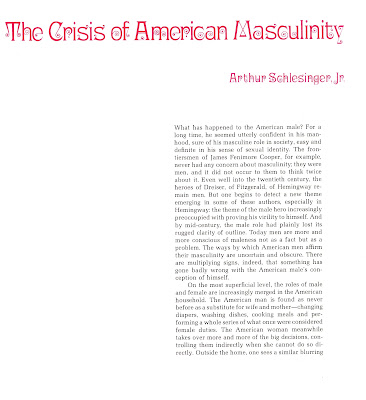Playboy
July 1978
It's July, 1978. On the FM radio, the number one single on the Billboard Hot 100 is 'Shadow Dancing' by Andy Gibb. Also coming up in the chart are some memorable 70s tunes, such as 'Miss You' by the Rolling Stones, 'Baker Street' by Gerry Rafferty, and 'Groove Line' by Heatwave.
Let's open up the July issue of Playboy magazine, which on its cover features Pamela Sue Martin, who was then portraying Nancy Drew on the ABC TV series The Hardy Boys / Nancy Drew Mysteries.
As I composed this post, news was received of the death, on June 27 at age 80, of Martin Mull. In the late 70s Mull was the host of the talk show 'America 2 Night,' I remember watching an episode in July of 1978. I found in inane, but it showcased Mull's ability to project an urbane, comedic personality. Playboy's editors really liked this Mull archetype and featured him in a portfolio, titled 'Martin Mull's Guide to Sophisticated Seduction.'
However cringey the portfolio may seem to a modern audience, this was exactly the kind of stuff that the Playboy readership (made up of men over the age of 45) liked to see.
Returning to our cover girl, Martin was of course hoping a portfolio in Playboy would signal her status as a 'serious' actress who was ready and willing to take on edgier and more mature roles. But in my opinion, her portfolio misses the mark; for one thing, it's too short at just 5 pages, and for another, the pictures are not very flattering. Also, they occupy a 'safe' but unremarkable middle ground in terms of exposure and explicitness. Martin would have been much better served by going to Penthouse.
Speaking of Penthouse, its dominance over Playboy both in circulation, and as a pop cultural phenomenon, was quite complete in 1978, and the editors at Playboy were trying to emulate their competitor. This is apparent in the portfolio devoted to 'adult film' star Susan Jensen, aka 'Constance Mooney,' an actress in (among other movies) the 1976 XXX film The Opening of Misty Beethoven.
Interspersing stills from Jensen's films with contemporary shots of her posing against Alaskan scenery, Playboy successfully captures the edgier aesthetic that was working so well in Penthouse.
The fiction piece in this July issue is a great little story titled 'Galahad,' about a street-level pool hustler who enters a high-stakes tournament against the best talent in the city. Author Walter J. Lowe, Jr., later would go on to be the first black editor at Playboy.
Few artists in the latter half of the 20th century were more profoundly overrated than Leroy Neiman. Playboy had an adoring attitude towards Neiman, thus, we get a portfolio of his crappy sports art. We also learn that Leroy, sly boy that he is, can scrawl some dirty pictures when he wants to.......
The record review column is particularly nasty in regards to Barry Manilow's 1978 album, Even Now. According to the anonymous reviewer,
....Barry Manilow blows dead rats. His new album is Even Now (Arista) and Clive Davis ought to be ashamed - he's head of Arista Records. Besides, Manilow has an ugly nose, which protrudes across the cover like a great zucchini. His voice has a certain out-of-time, nagging quality to it, like a woman on downers asking over and over when you are going to take out the garbage. The music itself is like a slimy, fecal continuum that carries you along as if through the isles of a supermarket, bobbing along to the icy Quaalude surf.
Ouch ! That said, Even Now featured the monster hits 'Copacabana' and 'Can't Smile Without You,' so Barry did quite well for himself and his nose.
The 'Television' review has a surreal quality that only the decade of the seventies could provide. I don't remember it watching it at the time, but in May, 1978, ABC aired a spinoff of the Battle of the Network Stars franchise, called the Rock ‘N Roll Sports Classic. Playboy writer David Standish was present when the show was taped at the University of California Irvine. His article has the facetious quality that is vital to documenting such an endeavor.
What is trippy is the lineup of performers who consented to appear in the show: Lionel Richie and the Commodores; Michael Jackson and the Jacksons; Seals and Crofts; Earth, Wind, and Fire; Joan Jett and the Runaways; Boston; and teenybopper sensation Leif Garrett, among others. You can see an overview of the show here.
I can't think of any way to top footage of Tanya Tucker and Marilyn McCoo competing in a relay race on the track. So let's just close the last page of the July 1978 issue of Playboy, and leave with fond memories of how things were, 46 years ago......
I can't think of any way to top footage of Tanya Tucker and Marilyn McCoo competing in a relay race on the track. So let's just close the last page of the July 1978 issue of Playboy, and leave with fond memories of how things were, 46 years ago......











































































.jpg)













